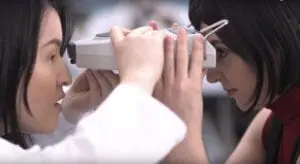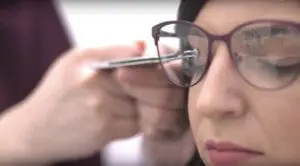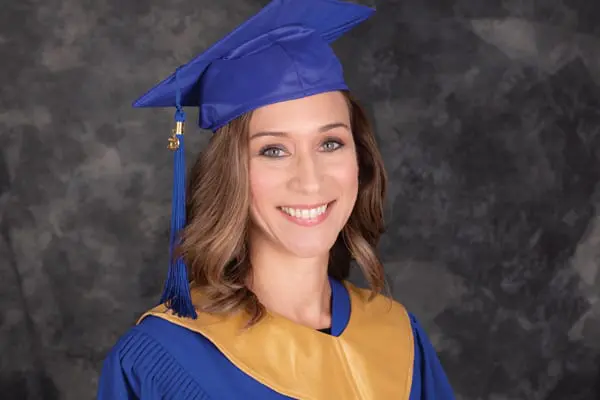While selecting the perfect pair of eyeglasses for someone may seem like a fairly simple task, certified Opticians know that doing so is actually not as easy as it may appear. Industry experts know that most people tend to prioritize aesthetics when shopping for a new set of frames, and while this is a major part of choosing frames (the client will be wearing them for long periods of time, after all), it is also critical to consider certain optical measurements. These measurements depend on the strength of a patient’s prescription, the presence of astigmatism, the type of lenses needed, and of course the type of frames that are selected.
If you plan on enrolling in Dispensing Optician courses, or you have already begun your training, here is a quick guide to understanding some of the steps required in taking proper eyeglasses measurements.

Dispensing Opticians Understand the Importance of PD Measurements
PD measurements (or pupil distance measurements) refers to the distance between the pupils. Experts in Optician careers know that this distance should always be measured using a tool called a pupilometer. It is important to remember that PD measurements should always be taken one eye at a time. Of course, this is especially critical for specific prescriptions, such as those that are very strong, progressive or having high astigmatism. This is because even the slightest deviation can affect a patient’s vision.
Certified Opticians Always Measure the Vertex Distance
This refers to the distance between a person’s eyes and the back of the eyeglasses frame. It should come as no surprise that this distance can only be measured while a patient is wearing his or her glasses. Graduates of dispensing optician school understand that this particular measurement is especially important if a patient’s prescription is fairly high, since a frame that sits too close may alter the effectiveness of the lens prescription.
Finding the Right Height for Bifocals and Progressives as a Dispensing Optician
While taking the height measurement for single vision lenses requires the optician to simply locate the optical center, measurements for progressives and bifocals are slightly more complex. Once the optical center has been located, an optician must measure the space from that point to the bottom of the frame, in order to see whether or not there will be enough space for a progressive or bifocal lens. Typically, progressives require about 15 to 17 mm from the optical center downward.
Opticians Recognize the Role of the Base Curve of Lenses
A base curve refers to the curvature of the lenses. And, Opticians know that if this curve is even slightly off, the wearer’s vision can become distorted or impaired. This is why the base curve must always be coordinate with a customer’s prescription, his or her face shape, and the frame which they have selected.
Are you interested in learning more by enrolling in Dispensing Optician courses? Check out our website for more information or to speak with an advisor.











